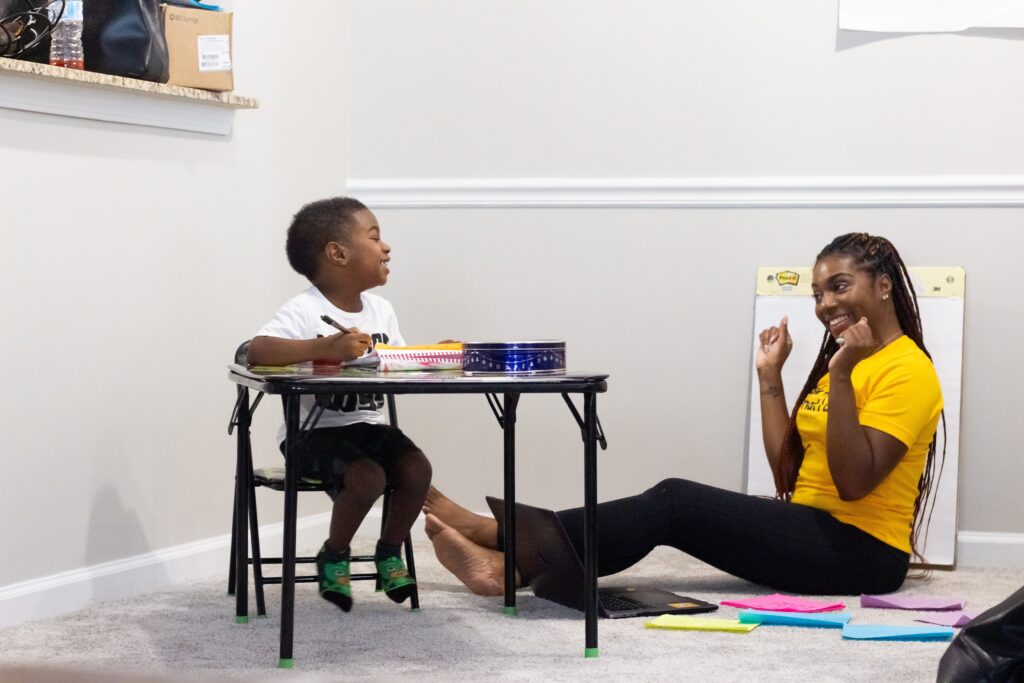This is part 3 of an instructional series to teach your child how to read.
So far in this series, we have discussed Step 1: Teaching your child to identify consonants and short vowels. This is the first step in having your child understand word formation, and therefore putting them on the right path toward learning to read. Teach Your Child to Read! Step 1: Letter Sounds – My Brilliant Child
Next, we discussed Step 2: Long vowel sounds and Consonant blends. It is important that your child understand the difference between short a (apple) and long a (gate). Also, learning to decode and memorize consonant blends will give your child a “trick” to use when deciphering word construction. TEACH YOUR CHILD TO READ! STEP 2: LONG VOWEL SOUNDS & CONSONANT BLENDS – My Brilliant Child
Now it’s time to move into step 3. This is where it gets exciting! You are going to teach your child to use phonics to sound out CVC words!

CVC WORDS
What is a CVC word? A CVC word is a word comprised of consonant-vowel-consonant. Sounding out a CVC word is the first step in using phonetics to sound out words.
You are teaching your child to use the letter sounds learned in step 1 and step 2, and to blend them together to say a complete word. For example:
CAT … c says cuh, a says ahh, t says tuh. Let’s put it together … cuh…ahh…tuh….CAT! or …
BUG … b says buh, u says uhhh, g says guh. Let’s put it together … buh…uhhh…guh….BUG!
Once your child understands the concept of blending sounds to make a word, you can incorporate the consonant blends learned in step 2. In a word with a blend, we do not sound out each individual sound; we say the blend together: For example:
FLAT … fl says fluh, a says ahh, t says tuh. Let’s put it together … fluh…ahh…tuh…FLAT! or …
GRIN … gr says gruh, i says ihhh, n says nnn. Let’s put it together … gruh…ihhh…nnn…GRIN!
(Consonant blends can also be found at the end of the word. We will learn how to teach children ending blends in step 4.)

Now, we can move on to long vowels in words. Most often, a short vowel is transformed into a long vowel by adding silent “e” at the end of the word. When silent “e” is added to the end of the word, the vowel changes from having the short sound to saying its name. For example:
Tap … When we add silent “e” at the end, the vowel becomes long and the meaning of the word transforms … tape.
Cub … When we add silent “e” at the end, the vowel becomes long and the meaning of the word transforms … cube.
(There are also instances where a vowel blend can cause a word to have a long vowel sound. This concept will be taught in step 4, after your child has mastered silent “e”.)

Now your child is not only learning letters and individual sounds, he or she is reading entire words! This is such an exciting step! Be sure to encourage your child and reinforce what a great job he is doing … learning is fun!!!
Next: Step 4 … Long Vowel Blends and Ending Consonant Blends
This post contains affiliate links, which means I may receive a small commission, at no cost to you, if you make a purchase through a link.